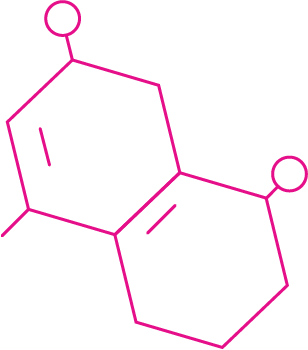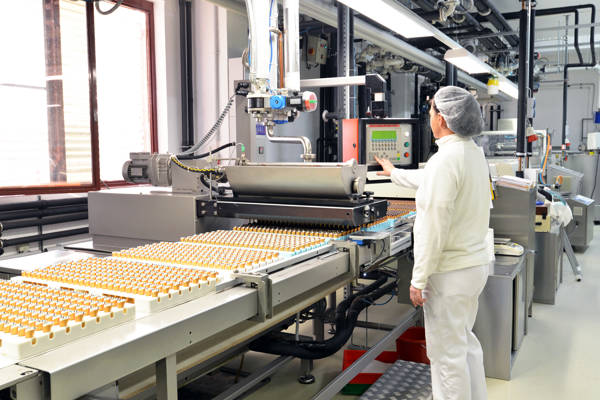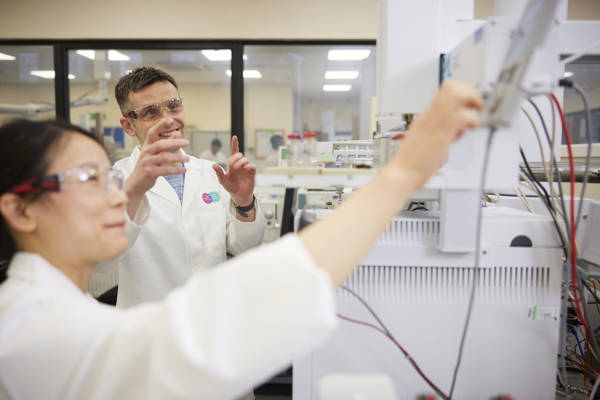Chemical food contamination detection identification, analysis & investigation


Whether accidental or malicious, chemical contamination in food requires a rapid response. You need reliable and accurate information, based on sound analytical evidence and chemical testing, to resolve the issue as quickly as possible. We can provide this crucial support. With proven experience in contamination problem solving alongside the latest analytical technologies, our multidisciplinary team of technical experts can identify and quantify serious chemical contaminants, of food as well as metallic contaminants and more. Our toxicologists can perform risk assessments to determine if there is a risk to public health. We can also support with root cause analysis investigations and implementation of allergen food safety training.



Ideally, we analyse the contaminated complaint sample against a control sample for comparison. It is preferable that the control sample is a non-contaminated sample from the same batch. If the whole batch is suspected of being contaminated, then choose a control sample as close to the contaminated batch as possible. When packing the sample for transportation, it is preferable to send samples in their original packaging, with the complaint and control sample separated to prevent cross contamination. If you would like your samples returned to you after analysis, please let us know in advance.
Yes. We have a wide range of state-of-the-art analytical equipment and broad knowledge and expertise in analytical science. The list of analytes that we can identify and quantify is extensive. RSSL have vast experience developing analytical methods and can validate if required. Our Customer Services team will be able to discuss your exact requirements.
Our analytical testing can identify and quantify the contamination and our toxicologists can provide risk assessments to determine if the chemical contaminant is a risk to public health. Our Customer Services team will be able to discuss your requirements further.
RSSL conduct taints and off-flavour investigations when the contamination is suspected to be volatile or semi-volatile. Providing RSSL with as much information as possible about the nature of the complaint will help us determine the most appropriate food contamination analysis. Where it is safe to do so, we will conduct informal sensory of the complaint sample against a control sample. Our highly skilled panel can often recognise the tainting compound and this also helps the team determine the most appropriate analysis. The majority of taint and off-flavour investigations are performed by gas chromatography linked mass spectrometry, which is used for targeted analysis as well as non-targeted screens.
RSSL offer a range of tests for the presence of detergents, bleaching agents, drugs of abuse, urea, cyanide and a host of other common contaminants. For more complex analysis, or to identify active pharmaceutical ingredients that may have ended up within food or drink products, nuclear magnetic resonance (NMR) or Fourier transform infrared (FT-IR) spectroscopic techniques can be employed. Where a colour change is observed, liquid chromatography linked mass spectrometry can provide insight in combination with other techniques. Elemental screening is carried out using inductively coupled plasma instrumentation. A host of other techniques are also available for the identification of physical contaminants.